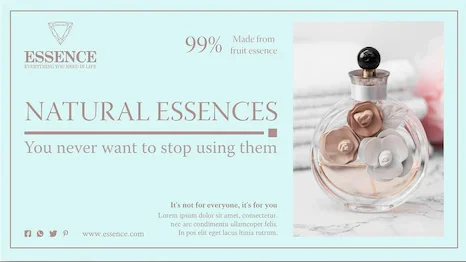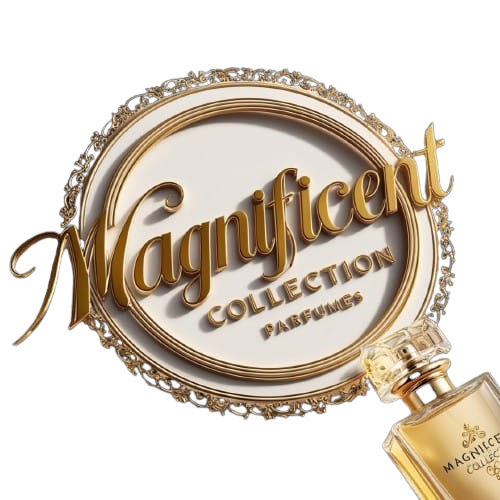charm in every drop
The History of Perfume
Perfume has been a significant part of human culture for centuries, with its roots tracing back to ancient civilizations. The Egyptians were pioneers, utilizing aromatic substances for religious rituals and personal adornment. Over the years, the art of crafting fragrances evolved, gaining momentum during the Renaissance when the use of perfume became widespread in Europe.
The Components of Perfume
Perfume composition typically consists of three essential elements: top notes, middle notes, and base notes. Top notes are the initial scents perceived, made up of lighter, volatile substances that evaporate quickly, giving way to the deeper middle notes. These heart notes embody the fragrance’s core essence, lasting longer than the top notes but eventually fading to reveal the base notes—rich, deep scents that linger the longest. Understanding these components is crucial for creating a balanced and harmonious fragrance.
Choosing the Right Perfume
When selecting a perfume, it’s important to consider personal taste and body chemistry. Each individual reacts differently to fragrances, and what smells delightful on one person may not have the same effect on another. It’s advisable to test perfumes on skin rather than paper, allowing the fragrance to interact with natural oils and provide a true representation of its aroma. Ultimately, the right perfume should resonate with personal style and evoke cherished memories or emotions.

